Why Turbocharged Cars Don't Live Up To the MPG Hype and What Mazda is Doing About It

More and more cars are hitting the market with small turbocharged engines in an effort to boast high MPG numbers, but in the real world, they’re failing miserably.
While turbocharged cars fare very well on the EPA test cycle, it seems like most consumers aren’t seeing that same range once the car hits the road. Consumer Reports and Green Car Reports both came to the same conclusion: that the advertised numbers are unrealistic to achieve.
Looking at Fuelly.com, a site where drivers share their real-world fuel economy, it’s not uncommon to find the owners of turbocharged vehicles like the Ford F-150, VW Golf and Mercedes-Benz CLA 250 reporting MPG numbers about 2 MPG lower than the EPA’s ratings.
Are automakers lying about the MPGs cars can achieve? Not exactly, since cars are tested using the same method the EPA uses. It’s the test that’s a bit of a problem.
Why Turbos Have Such High Advertised MPGs
“The real problem comes from the fact that the proportion of light-load driving to high-load driving in U.S. EPA fuel economy test is a poor match for real-world driving,” explains Mazda engineer Dave Coleman.
See Also: Where do MPG Ratings Come From?
Cars are tested on a dynamometer on a program for highway driving and city driving. On the highway simulation, the vehicle travels 10.26 miles in just under 13 minutes, making an average speed of 48.28 miles per hour. For the city portion, the vehicle travels 11.04 miles in just over 31 minutes, making an average speed of 21.2 mph. There are three other tests that incorporate high-speed driving (a shorter test, where the car average 48.3 MPH, and achieves maximum speeds of about 80 mph), and another test that accounts for driving with air conditioning on and a cold start test.
“The EPA test is unrealistically slow and mild,” notes Coleman. The periods of acceleration is steady and slow, unlike how drivers act in the real world. “When [the engines] are on boost and making high output, most turbo engines are dramatically less efficient than when they are being driven gently.”
Coleman explains that because everyone (including the EPA) recognizes that the test doesn’t produce real-world numbers, the published figures are actually adjusted to better suit real-world driving. The EPA has a factor it applies to the raw data that is based on the average difference between real-world driving and simulated driving.
See Also: Fuel Efficient Driving Tips: How to Drive Green
“The problem, though, is that normal turbo engines aren’t average,” says Coleman. “In the mild driving of the test, they have above average efficiency, but in the harder driving of the real world, they have below average efficiency. So the correction factor doesn’t work accurately, and the test produces overly optimistic results.”
This explains the high advertised MPG numbers of turbocharged cars. Most turbocharged engines also feature lower compression ratios and high temperatures that also reduce efficiency, which accounts for the poor observed fuel economy in the real world.
How to get the Same Real World Numbers as the EPA
Some automakers have come up with clever solutions to help deal with this difference between the simulated fuel economy of the EPA test and the real world fuel economy observed by owners.
“Most car companies are just targeting good test results while we’re targeting good real-world results,” boasts Coleman. The 2016 Mazda CX-9 features an all new turbocharged engine that, according to the Japanese automaker, will help it achieve real-world fuel usage figures that are on par with the advertised numbers.
See Also: 2016 Mazda CX-9 Review
“On top of all the tricks already baked into our Skyactiv engines to prevent knock and allow higher compression, [Mazda] developed a unique 4-3-1 exhaust flow that lets us use the high-energy exhaust flow from the beginning of each exhaust stroke that pulls out the exhaust during the low-energy flow at the end of the exhaust stroke from the previous cylinder,” says Coleman. Simply put, this draws out hot air from the cylinder. As a result, the engine remains efficient and can run a high-compression ratio.
Heat is the big issue when it comes to efficiency. Looking at the way other turbos work, many limit the maximum temperature by burning more fuel. “Adding additional fuel without additional oxygen means you won’t get any more energy or heat,” says Coleman. “In fact, the additional fuel has nothing to react with, so it actually gets in the way of the combustion, slowing it down and absorbing some of the heat.” It’s also a waste of fuel, since it’s not helping propulsion of the vehicle.
See Also: Are Turbocharged Engines Reliable?
Fortunately, Mazda has another trick in the new CX-9 that helps improve cooling. “Instead of controlling combustion temperatures with excess fuel, we do it with a cooled Exhaust Gas Recirculation (EGR) system,” says Coleman. “The exhaust gas has almost no oxygen left in it, so if we can introduce some of this back into the intake stream, we can get cooler combustion without using excess fuel.” It sounds like a recycling system, but the exhaust has to be cooled first.
“This only works if we aren’t putting exhaust heat back into the intake, though, so the exhaust gas is first run through a heat exchanger to cool it off on its way to the intake,” said Coleman. “In most conditions where we would normally have to run excess fuel enrichment to control combustion temperatures, we can run cooled EGR instead.”
Coleman finishes up by throwing a bit of shade at other automakers. “Ironically, cooled EGR is a well understood technique, but because it only helps with parts of the performance envelope that aren’t tested in the EPA test, almost nobody uses it.” Ouch.
Other Actually Fuel Efficient Turbocharged Cars
The new CX-9 isn’t the only turbocharged car that can achieve its advertised fuel usage numbers in the real world. Many drivers are reporting great fuel economy in the new Honda Civic. Rated to earn 35 MPG combined, the average real-world consumption reported by drivers on fueleconomy.gov is 37 MPG. Of course, it is a new car with a limited number of results on the site, but this modern turbocharged engine may bode well for the future of fuel efficient turbos.
See Also: 2016 Honda Civic vs Mazda3
One key takeaway is that the Civic pairs a CVT to its turbocharged engine in order to keep fuel consumption low. While Nissan does this in the Juke and Subaru does this with the Forester XT and WRX, those cars have an emphasis on performance instead of fuel economy.
Another interesting find is that owners of the new 2016 Range Rover Evoque are reporting higher than expected fuel consumption numbers on Fuelly. Although it’s a small sample size, this could be attributed to the car’s new nine-speed automatic transmission and other fuel-saving techniques like automatic engine start-stop.
It’s clear that automakers have been accounting for the EPA’s fuel economy test. It’s also clear that in regards to turbocharged vehicles, the EPA’s test results don’t translate into realistic fuel usage on the road. Automakers are starting to use new engineering techniques and technology to help bridge the gap, but it’s important for buyers to know that if they’re planning on buying a turbocharged car, the advertised numbers may be far from what they see in the real world.

Sami has an unquenchable thirst for car knowledge and has been at AutoGuide for the past six years. He has a degree in journalism and media studies from the University of Guelph-Humber in Toronto and has won multiple journalism awards from the Automotive Journalist Association of Canada. Sami is also on the jury for the World Car Awards.
More by Sami Haj-Assaad



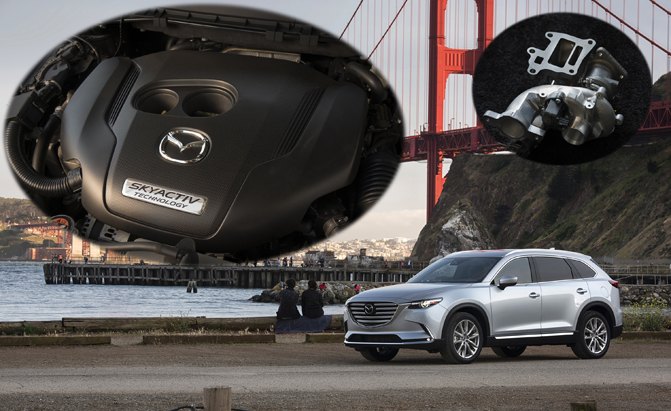
















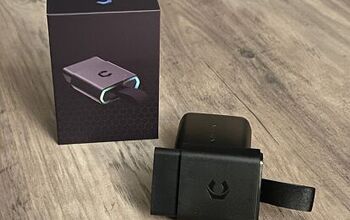


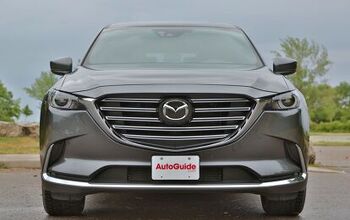
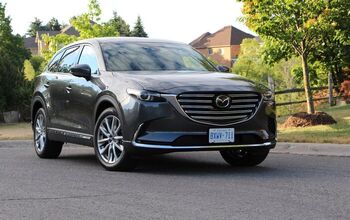

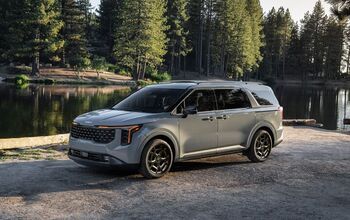





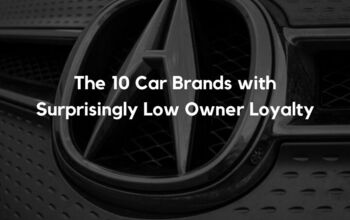
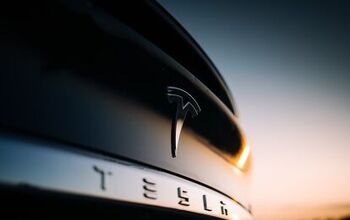
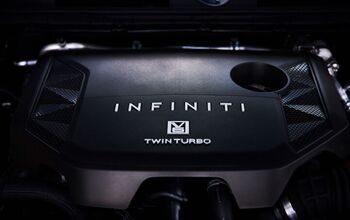
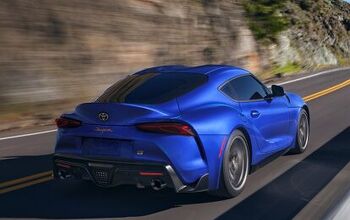

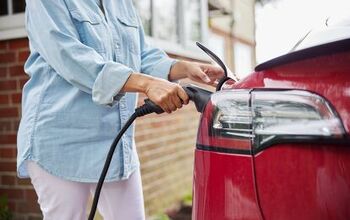
Comments
Join the conversation
Hence why N/A engines are better!! turbo's include so much more parts = much more maintenance cost down to road turbo's may be fuel efficient on a dyno/controlled environment for EPS rating when turbo hardly spools,. but it reality, you step on it and in sucks in it ... turbo's aren't as rev happy and don't sound as nice. I'll take my happy revving N/A engine any day over the omnipresent 2litre turbo that every single company uses !!(how original!!, whatever you buy nowadays, its a 2litre turbo) i can rev the snut outta my N/A engine and STILL get decent fuel economy and i'll never have to replace the million pressure pipes, clamps and hoses and all other complexity of the turbo engine. Fudge this stupid trend, no replacement for displacement ... and if i have little displacement let it rev with its simplicity and efficiency
I have a 2015 wrx which is 2 liters direct injection turbo and I love the fuel economy while having a lot of power. You buy civic and and turbo shit that doesn't make 180 ishhhh hp! that is just a little more economic than mine!!! Btw i'm making 8L/100km average on a total of 50 000km. Life is too short to keep driving boring cars!!!